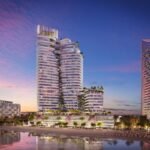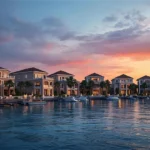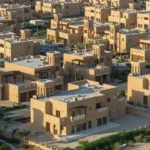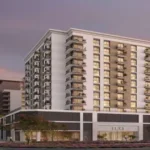Now Reading: How Industrial Zones Are Influencing Nearby Residential Projects
-
01
How Industrial Zones Are Influencing Nearby Residential Projects
How Industrial Zones Are Influencing Nearby Residential Projects
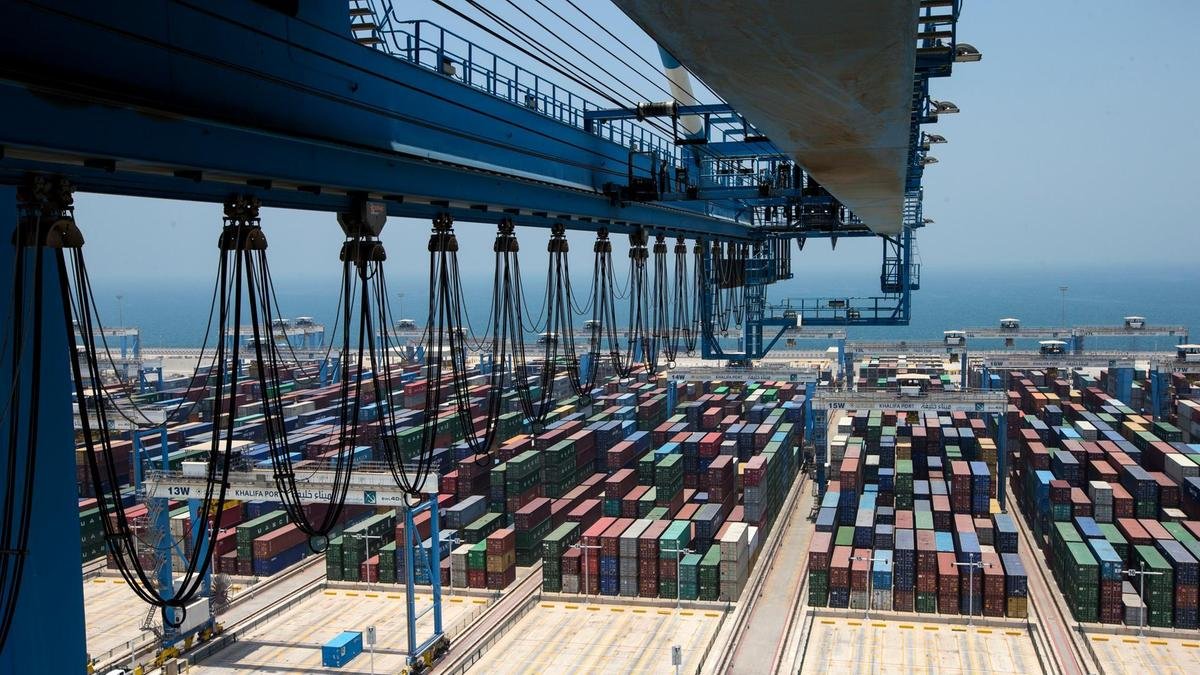
The rise of industrial zones and residential projects side by side is reshaping how cities grow in today’s global economy. Traditionally, people thought of industrial areas as places for factories, warehouses, and logistics – far removed from where families live. But modern urban planning tells a different story.
Across the world, industrial zones are increasingly influencing residential development in nearby areas. These zones are no longer just about manufacturing and trade; they are becoming economic anchors that attract jobs, infrastructure, and communities. As a result, the residential projects near them are seeing higher demand, better value, and sustainable long-term growth.
In this article, we’ll explore how industrial zones shape nearby housing markets, why developers are tapping into these opportunities, and what it means for residents and investors.
The Role of Industrial Zones in Urban Growth
Industrial zones play a critical role in city planning. They are designed to concentrate economic activity, reduce logistics costs, and create business-friendly environments. But their ripple effect goes beyond commerce.
Here’s how industrial zones influence broader urban development:
- Job Creation: Thousands of workers need housing near their workplaces.
- Infrastructure Upgrades: Roads, highways, ports, and public transport often improve around industrial hubs.
- Support Services: Schools, hospitals, retail, and leisure options grow to support the workforce.
- Community Growth: Entire neighborhoods form around these hubs, creating mixed-use ecosystems.
Why Residential Demand Rises Near Industrial Zones
The relationship between industrial zones and residential projects comes down to convenience, affordability, and opportunity.
1. Proximity to Work
One of the biggest factors for employees is reducing commute times. Living close to industrial zones means shorter travel, lower costs, and better work-life balance.
2. Affordable Housing Demand
Developers often introduce mid-range or affordable housing near industrial zones to meet the needs of workers and young professionals. This creates stable, long-term demand.
3. Infrastructure Spillover
Residential areas benefit from the roads, metro lines, and utilities built for industrial growth. What starts as an industrial investment often leads to a livable, well-connected community.
4. Mixed-Use Communities
Many industrial zones today are planned alongside offices, retail, and housing. This integration blurs the line between “work zones” and “residential areas,” creating modern live-work-play environments.
5. Investment Opportunities
For investors, buying property near an industrial hub often guarantees steady rental income and long-term appreciation due to constant housing demand.
Global Examples
Dubai – Jebel Ali and Dubai Industrial City

Dubai’s Jebel Ali Free Zone (JAFZA) is one of the world’s largest industrial and logistics hubs. Its presence has fueled demand for nearby residential areas such as Jebel Ali Village, Discovery Gardens, and Dubai South. Similarly, Dubai Industrial City has spurred affordable housing projects designed to cater to the workforce.
Abu Dhabi – Khalifa Industrial Zone (KIZAD)
KIZAD, near Khalifa Port, has created a demand for housing in nearby communities like Al Raha and Khalifa City. As the zone grows, more mid-market housing and serviced apartments are being planned.
India – NCR Industrial Clusters
In the Delhi NCR region, industrial belts in Noida and Greater Noida have attracted residential projects aimed at professionals and their families. Developers often highlight proximity to industrial hubs as a key selling point.
Europe – Germany’s Industrial Cities
Cities like Stuttgart and Wolfsburg, home to major automobile plants, show how industrial success translates into thriving residential demand, with workers choosing to live close to their factories.
Benefits for Residents
Living near an industrial zone offers unique lifestyle and economic benefits:
- Job Security: Residents often work within a short distance from their homes.
- Community Ecosystems: Schools, healthcare, and shopping centers grow quickly.
- Affordable Housing: Residential projects near industrial hubs are often competitively priced.
- Rental Opportunities: For those not working in the zone, renting to others ensures high occupancy.
Challenges to Consider
While the benefits are strong, some challenges must be addressed:
- Noise and Traffic: Industrial activity can increase congestion and noise levels.
- Environmental Concerns: Air quality and pollution must be carefully managed.
- Zoning Balance: Careful planning is needed to ensure residential areas remain livable and attractive.
Governments and developers are increasingly addressing these issues by using buffer zones, green spaces, and smart urban design to make residential communities more appealing.
The Future of Industrial-Residential Integration
As industries modernize with automation and cleaner technologies, industrial zones are becoming more environmentally friendly and compatible with nearby housing. Cities are shifting toward integrated master plans, where industrial, residential, and commercial spaces co-exist.
Future trends include:
- Smart Cities: Integration of IoT and AI to reduce congestion and improve safety.
- Sustainable Design: Green building standards and eco-friendly practices.
- Hybrid Communities: Combining logistics hubs with tech parks, retail, and housing.
Conclusion
The relationship between industrial zones and residential projects is evolving. Far from being isolated, industrial areas are now magnets for housing development. They bring jobs, infrastructure, and services that make nearby residential projects more attractive and valuable.
For developers, this is a chance to create thriving communities near economic hubs. For residents, it means better opportunities and lifestyle convenience. And for investors, it represents steady growth in both rental yields and property appreciation.
Industrial zones are no longer just places of work – they are shaping the way entire communities live, grow, and thrive.
Follow us on: Instagram
Read More:Revitalizing Old Souqs: Real Estate Meets Heritage in Dubai & Sharjah










